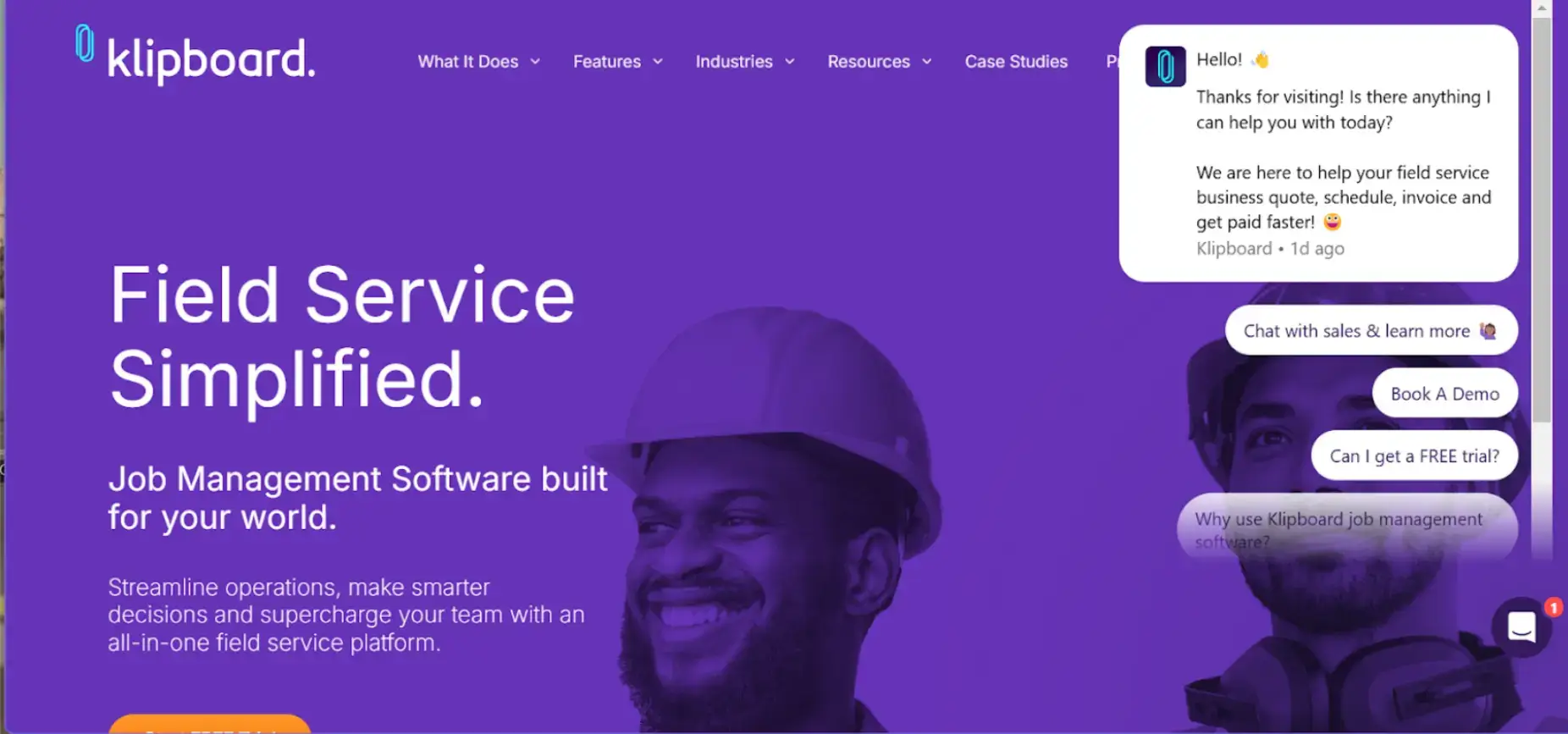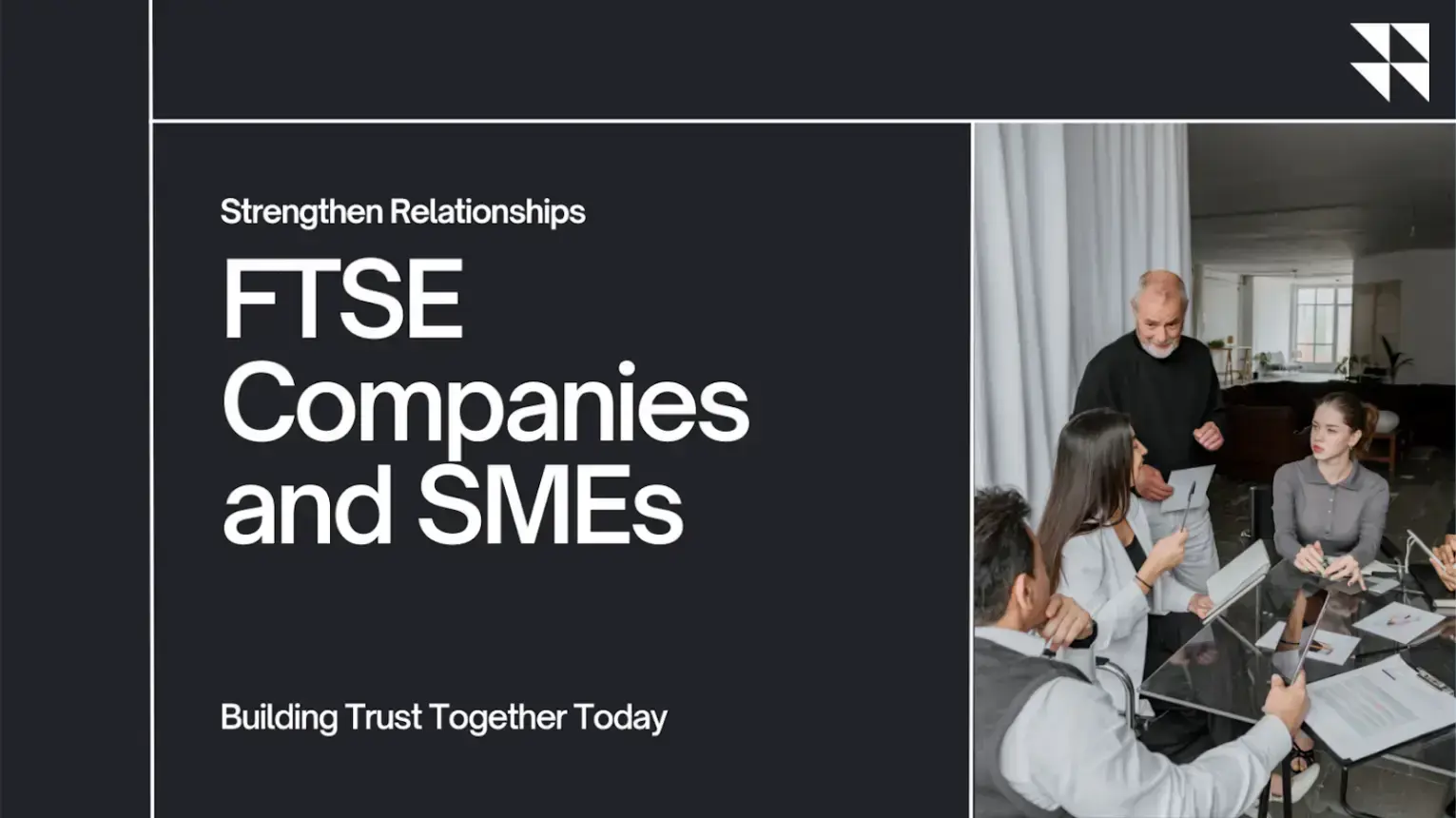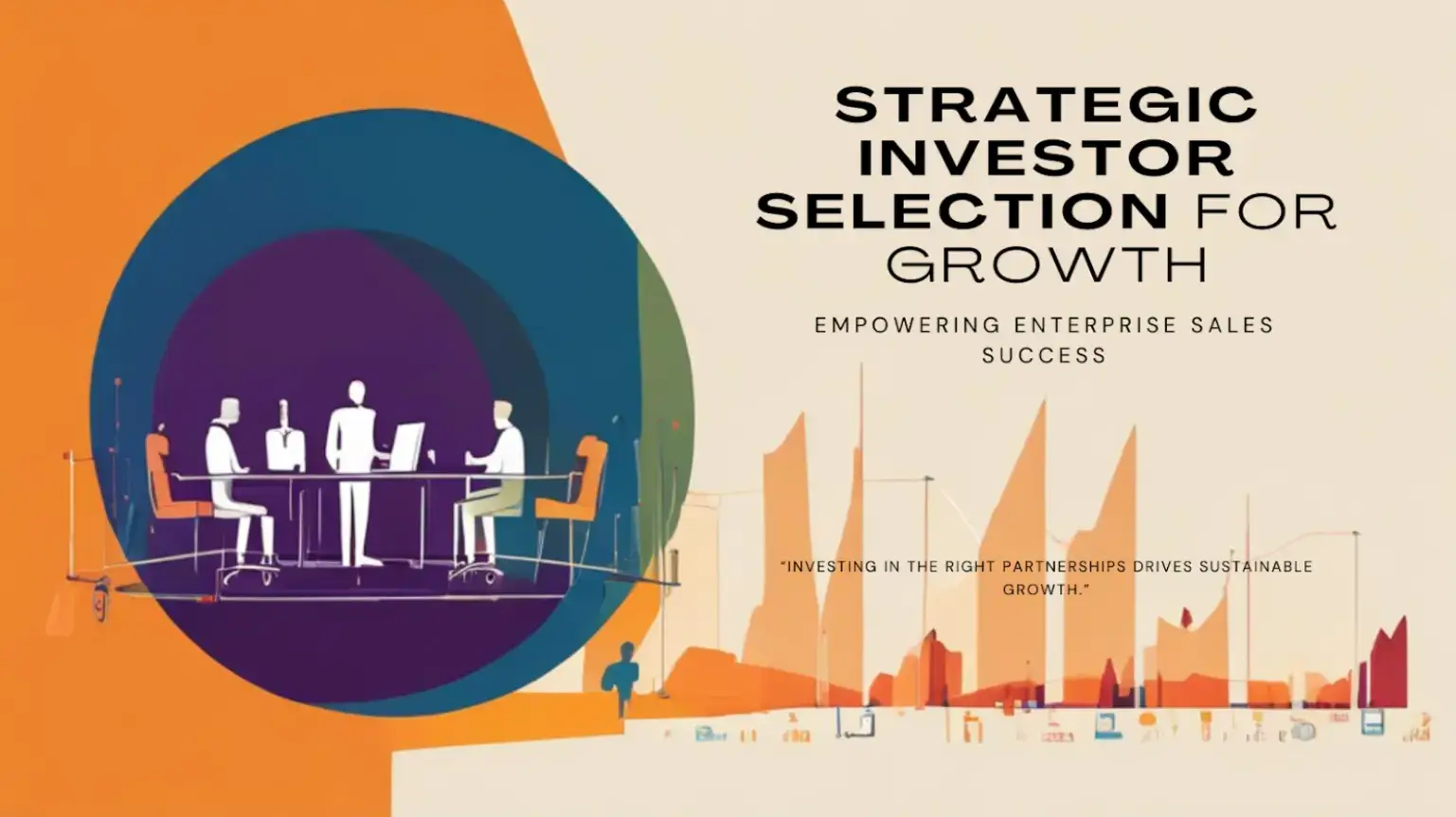Scaling a SaaS business isn’t just about attracting customers; it’s about converting them and keeping them engaged. Yet, many startups struggle to bridge the gap between interest and action in a crowded market.
Klipboard, a field service management platform, faced this challenge head-on and grew from a promising startup into a high-converting SaaS business.
To understand how they did it, I spoke with the company founder, Draven McConville, who revealed how they tackled major conversion hurdles, earned deep client trust, and maintained high-touch customer relationships without sacrificing efficiency.
I summarize the four key conversion strategies that fueled Klipboard’s success in this article. Whether you want to improve your startup conversion rates or scale sustainably, these insights offer real-world lessons you can apply today.
Ready? Let’s get into it.
Article Shortcuts:
- Overcoming Conversion Barriers in the Field Service Industry
- Building Trust Across Enterprises and SMEs
- Choosing Strategic Investors to Drive Enterprise Sales
- Scaling Without Losing the Personal Customer Touch
- Frequently Asked Questions (FAQs)

1. Overcoming Conversion Barriers in the Field Service Industry
For Klipboard, breaking into the field service industry wasn’t just about offering a better solution; it was about changing mindsets. When the company launched, the biggest conversion barrier wasn’t competition; it was resistance to digital transformation.
“Many teams were stuck using paper and spreadsheets, seeing technology as a disruption rather than an improvement”, Draven explained.
The challenge wasn’t just to sell features but to make businesses realize that leveraging digital tools is a necessity, not a risk.
To overcome this, Klipboard designed its interface to feel intuitive—mirroring familiar workflows while introducing automation that felt natural. Instead of overwhelming users with change, they made the transition seamless.
But ease of use wasn’t enough. Another major hurdle was the fear of a painful implementation process. Many field service companies avoided new software because they worried it would slow down operations.
The company tackled this head-on with a streamlined onboarding process and dedicated support teams, ensuring a smooth and flexible transition. Businesses could adopt the system at their own pace, minimizing disruptions.
Then came the toughest sell: ROI. Field service operates on tight margins, and every investment is scrutinized. Klipboard didn’t just claim it could improve efficiency; it proved it. Case studies showing a 70% reduction in admin time and improved first-time fix rates became key conversion tools.
Finally, integration concerns had to be addressed. No business wanted another disconnected tool creating data silos. Klipboard ensured seamless integration with accounting, CRM, and ERP systems, positioning itself as part of a company’s broader ecosystem rather than just another app collecting dust.
By tackling these barriers directly—through intuitive design, frictionless onboarding, clear ROI, and deep integrations—Klipboard didn’t just attract customers; it converted them.
2. Building Trust Across Enterprises and SMEs

Source: Canva
Winning customers is one thing; earning their trust is another.
For Klipboard, the challenge wasn’t just proving its value but doing so for two very different audiences: large enterprises and small to mid-sized businesses (SMEs).
“Trust-building looks completely different depending on company size,” Draven noted. What reassures a billion-dollar enterprise isn’t the same as what convinces a small business owner. Klipboard had to tailor its approach to both.
For enterprise companies, credibility rested on security, compliance, and scalability. As Draven recalled: “these organizations wouldn’t even consider a solution that didn’t meet strict security standards.”
Klipboard prioritized SOC 2 compliance, enterprise-grade data protection, and robust system scalability—not just as selling points but as essential trust signals. This level of security opened doors to conversations that smaller competitors couldn’t access.
“For companies of that size and complexity, that’s what it took to even get a meeting booked,” McConville added.
For SMEs, however, the priorities were different. They cared less about compliance frameworks and more about simplicity, clear pricing, and fast results. Klipboard kept pricing transparent, avoided complicated contracts, and highlighted quick wins—like how customers reduced paperwork and admin time almost immediately.
This dual approach worked because it addressed what each segment truly cared about. Large enterprises saw a secure, scalable platform they could trust. SMEs saw a simple, effective solution that wouldn’t drain their time or budget.
3. Choosing Strategic Investors to Drive Enterprise Sales

Source: Canva
Not all investors are created equal. While funding is crucial, the right investors bring much more than just capital—they open doors, provide strategic guidance, and accelerate business growth in ways money alone cannot.
For Klipboard, selecting the right investors was a pivotal decision that directly impacted its ability to scale and win enterprise clients.
“Cash in the bank matters, but doors opened matter more," said Draven. His approach to investor selection was deliberate, focusing on three key factors:
- Industry Expertise & Connections: Investors with deep experience in SaaS and field service technology provided valuable insights and connected Klipboard with key decision-makers in large enterprises. These relationships helped fast-track conversations that would otherwise have taken years.
- Operational Experience in Scaling SaaS – Growth brings challenges, from expanding sales processes to optimizing customer success strategies. Having investors who had navigated similar scaling journeys meant the company could anticipate challenges and implement best practices early.
- Vision Alignment – Beyond funding, the company needed investors who understood and believed in its long-term mission. This ensured every strategic decision—from product expansion to enterprise sales—was driven by shared goals.
This “investor-first” approach paid off. By securing investors who aligned with these priorities, Klipboard strengthened its position in the market and gained access to valuable resources that supported its enterprise expansion.
The lesson for startups aiming to scale is clear: the right investors offer more than just funding; they can also serve as strategic partners in your growth journey.
4. Scaling Without Losing the Personal Customer Touch
Growth often comes with a trade-off: as a business scales, the personal connections that once defined its customer experience can begin to fade.
But for Klipboard, scaling didn’t mean losing that personal touch. Instead, it meant finding ways to maintain strong customer relationships at every growth stage.
“Scaling without losing the personal touch requires systems and a lot of hard work,” Draven emphasized.
Klipboard prioritized high-touch engagement by embedding customer feedback into its operations and ensuring that every client, regardless of size, felt valued and heard.
Here’s how they did it:
- Proactive Feedback Loops – They set up structured business reviews with executives, regular customer check-ins, and direct feedback channels connecting users with the product team. This ensured that customer concerns were addressed before they became larger issues.
- Leadership Involvement in Customer Conversations – Draven himself regularly joined customer calls to understand their experiences firsthand. This hands-on approach reinforced the company’s customer-first culture and helped build lasting relationships.
- Scalable Yet Personalized Support: Even as the company grew, it maintained a dedicated support team that provided timely, personalized assistance. While automated tools streamlined responses, they never replaced real human interactions when they mattered most.
By prioritizing customer relationships alongside growth, Klipboard avoided the common pitfall of losing touch with its users.
The takeaway? Scaling your business doesn’t mean sacrificing customer experience; it means building systems that keep engagement strong, no matter how much you grow.
Frequently Asked Questions (FAQs)
1. How can founders balance growth and sustainability when scaling their startups?
Many founders equate growth with aggressive expansion, but true growth is about making calculated decisions and growing at a pace that matches your market's needs.
At Klipboard, they chose patient capital and focused on sustainable growth. This included using conversion strategies tailored to customer needs and long-term goals.
The takeaway: Growth isn’t just about numbers; it’s about creating lasting value with strategies that ensure sustainable success.
2. How can founders overcome setbacks during the startup journey?
Resilience is key to overcoming setbacks. It’s not about avoiding mistakes or showing weakness; it’s about learning from them.
At Klipboard, mistakes were seen as opportunities for growth.
Draven’s mantra was simple: “I don’t care if you make mistakes—I care if you don’t tell me about them and what you’ve learned.” Resilience is about transparency and using setbacks to grow stronger.
3. How can founders maintain a growth mindset when facing unexpected startup challenges or failures?
Failure is a part of the journey, not the end of it. Reflecting on his personal experience, Draven mentioned going from being homeless at 18 to managing a nightclub by 19.
His advice: View setbacks as data points for improvement. Stay authentic, stay true to your values, and continue to move forward despite challenges. Growth comes from adapting to adversity and continuously learning from every experience.
Conclusion
Klipboard’s success proves that scaling isn’t just about hitting growth metrics; it’s about building trust, strengthening customer relationships, and solving real problems.
The takeaway for businesses looking to boost conversions or scale is clear: Prioritize customer needs, remove friction points, and make strategic choices that drive sustainable growth. The most successful companies don’t just grow; they create lasting value at every stage.
So, ask yourself: Are you breaking down the right barriers, earning customer trust, and making decisions that fuel long-term success? If not, now is the time to rethink your approach.
Klipboard has done it. With the right strategies, so can you.
Author Bio
Adedoyin Ogunmola is a freelance writer with over three years of experience working with B2B SaaS, AI, and tech brands. His writing stands out for its authenticity and quality, guided by his core philosophy: Show, don’t just tell.
He simplifies even the most complex ideas by using relatable examples and clear illustrations, ensuring readers not only understand but also engage with the content.
Follow him on LinkedIn



